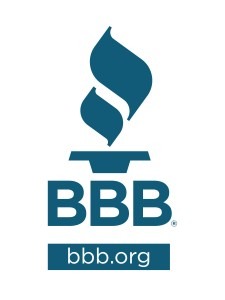Timing Is Everything
In Parts 1 and 2 of this series, we established that always-happy customers represent 1% of the average organization’s customer base. The other 99% are likely willing to flock to your competitors or slander you on their social networks the moment you fail to please them. Your window for rectifying the situation, addressing their problems, and proving your loyalty to them is small and shrinks quickly.
You have a two-fold strategy: first, identify problem areas and address or eradicate them before your customers have an unpleasant experience to begin with. Second, create mechanisms that allow you to instantly communicate with anyone who still isn’t satisfied.
Likely, you already know what areas are causing trouble in your business model. As Mark Hurd demonstrated, most of your customers are willing to pay more money for better service. Now is the time to invest in improvements:
- Product Quality: Obviously, address this first. If your product or service is substandard, why are you in business? Sell something worth selling.
- Website Design: Everything needs to load properly, be easy to use, and look up-to-date. If customers can’t interface with the site, you can’t sell online.
- Delivery Options: Partner with a reliable company. Offer multiple options. If your product is expensive, consider whether free shipping gives you an edge.
- Support Staff: You need smart, friendly people, familiar with all aspects of the business, able to deal with cranky customers, and ready to fix problems.
Most people with complaints would rather complain to someone who can help them, rather than barking randomly into space. Be available to hear problems. Go out of your way to make it easy for people to provide feedback. It’s far better if they complain to you than to a public website!
- Webforms: Your website should include an easy-to-find link where customers can contact you. Any complaints should be answered immediately.
- 800 Number: If call volume is low, maybe you only need twelve hours of customer support a day, but for bigger business, 24-hour toll free numbers are a must.
- Social Networks: Your customers are connected. Are you? Many people head for Facebook or Twitter first. Be there, waiting for them, ready to answer.
- Reach Out: Don’t wait for folks to complain. Customer surveys and other direct contact soliciting feedback help you provide everyone with what they want.
DSEF and the Council of Better Business Bureaus (CBBB) foster honest and responsive relationships between businesses and consumers—instilling consumer confidence and advancing a trustworthy marketplace for all.
About the Better Business Bureaus
As the leader in advancing marketplace trust, Better Business Bureau is an unbiased non-profit organization that sets and upholds high standards for fair and honest business behavior. Every year, more than 87 million consumers rely on BBB Business Reviews® and BBB Wise Giving Reports® to help them find trustworthy businesses and charities across North America. Visit www.bbb.org/us for more information.


